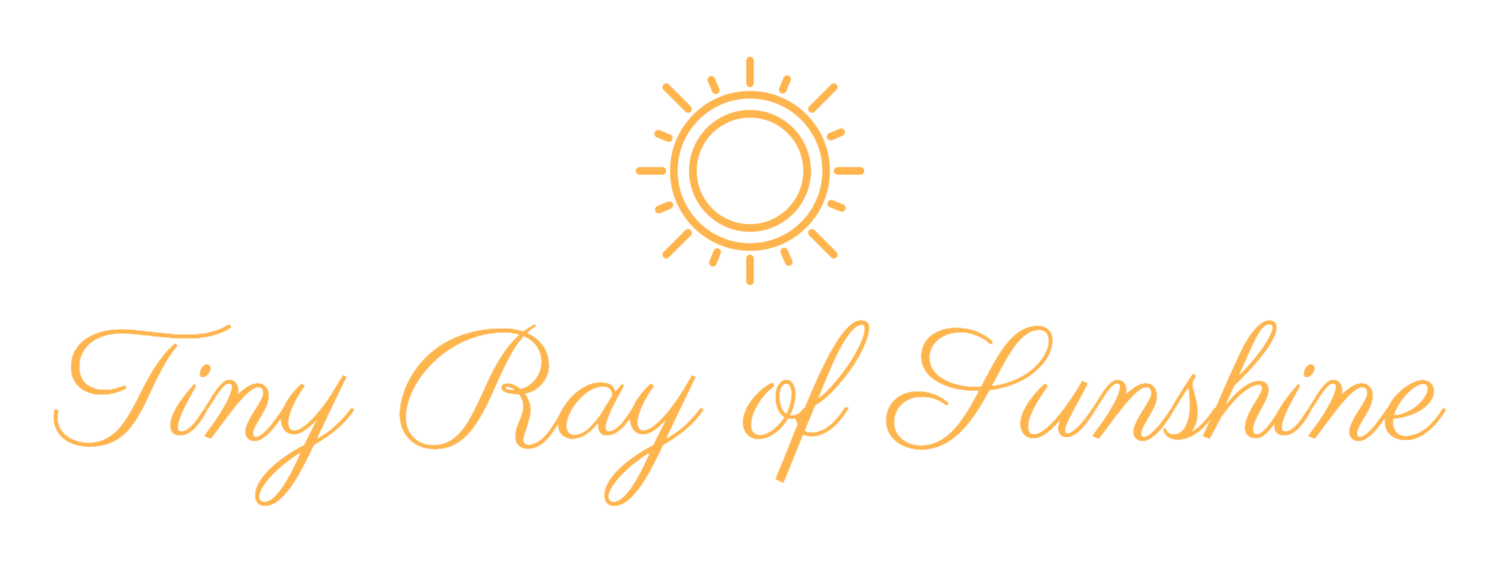Week 33: Control (The Bullet Journal Method Book Club)
/Hello Sunshine!
This week we’re going over what we can and can’t control and how that relates to our mental well-being as well as our productivity.
Resources:
Buy The Bullet Journal Method.
Hardcover | Audiobook | Ebook | Bullet Journal Notebook
(I will make a small commission at zero extra cost to you if you purchase through these links. This helps keep Tiny Ray of Sunshine going, thank you for your support!)
This week’s behind the scenes:
I wonder if I should only include something in here now when someone else contributes something to the image instead.
Control
Pages 189 - 194
Welcome!
In this section, Ryder goes into the importance of knowing what we can control. He offers the lens of Stoicism, which is “an ancient school of philosophy focused on cracking the age-old conundrum of how to live a good life.” One of their focuses “was to ‘know the difference’ between the things we can and can’t control. According to them, we can’t control the world around us, nor the people in it. It’s our futile resistance to this truth that can leave us frustrated, devastated, or at a total loss…Bottom line: We can’t control our feelings, people, or external events. But there is something we can control and it’s powerful. We can control how we respond to what happens to us.” In order to do this, Ryder suggests a couple techniques.
Responding vs. Reacting.
Examine the challenging experiences you face through the Daily Reflection. If someone offended you, write a letter to them in your Bullet Journal. “First of all, it allows you to safely vent. Getting it all out of your head offers some much needed relief. Seeing your thoughts on paper can also highlight where you’re being petty, unreasonable, or even irrational.” See if there’s anything you can do to understand the other person’s point of view. Talk with them if you’re able to and gain clarity from their perspective. This way you’re not spending too much time worrying.
Process vs. Outcome.
This technique helps analyze the tasks you’ve written down and break them down into Tasks you can take action on. For example, “Give awesome presentation” is an outcome, whereas breaking it down into “Memorize presentation” is a small actionable step that we have control over. “By identifying what is out of our control and letting go, we can reclaim our attention and reinvest it into the things that are.” It’s an ongoing practice.
Discussion Points:
- What did you think about this section?
- Do you react vs respond?
- Do you often worry?
Action List:
- If you’re having a challenging time with someone, write them a letter in your Bullet Journal and see if there’s anything you can do about the situation.
- See if you can break down any “Outcome” Tasks into “Process” Tasks. Practice this for a week.











